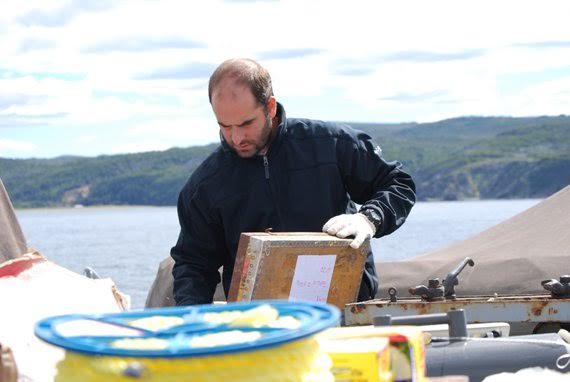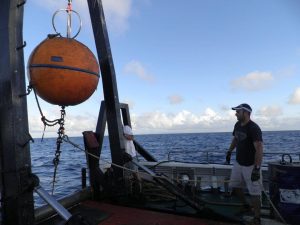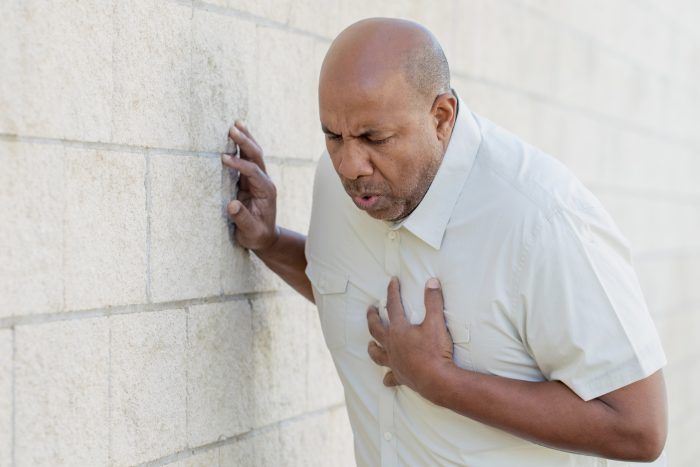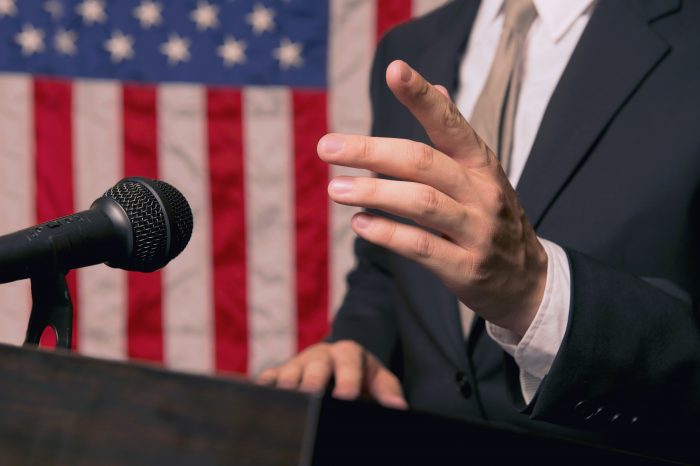By Daniel Dunaief

The montage played in my mind even before I stepped out of the car at the Old Field Club last weekend. My father and older brother were pedaling ahead of me, too fast for my thick, stocky legs to keep pace. My younger brother and mother were behind me, too slow for my taste and my level of impatience.
“Pe-dal fa-ster,” I recalled grimacing through crooked, gritted teeth, hoping that I could hear whatever magic words my father and older brother were exchanging.
Pushing on a bicycle that didn’t have any gears and struggling against a wind that always seemed to be blowing in my face, I only caught up to them when they circled back. Determined as I was not to cut corners or shorten my ride, I reached the end of West Meadow Beach, stopped for a few seconds to rest my legs and restarted the pursuit.
I could also picture the numerous times I stood on the shore, searching for the perfect skimming rock, bringing a collection to the water’s edge and waiting my turn to try to send a rock far from shore.
More dramatic weather scenes also played in my head, as I pictured waves frozen in place by a prolonged stretch of cold weather. I’m sure I love winter beaches because of those moments when I felt like I owned the isolated sand sculpted by the same powerful wind whose fingers tried to reach through any holes in my coat or open air spaces to stab at exposed skin.
After heavy rainstorms, I recalled stopping on my ten-speed bike, staring at the flooded road that turned the road into a canal.
And then there was last Saturday, as I drove up to the entrance to the club, waiting for a valet to park my car and to celebrate the wedding of the son of a close friend and former coworker of my wife.
We entered the club, took our glass of champagne and made our way to the benches outside, where other people my wife knew greeted her and compared notes about the changes in their lives since they last saw each other.
While overlooking the water, we listened as my wife’s friend’s son, whom I recall seeing years earlier eating ice cream and “making memories,” exchanged vows each of them wrote to mark this incredible occasion. My wife’s friend’s son expressed his eagerness to start his own family.
I watched carefully as my wife’s friend had a perma-grin plastered on her ageless face, reveling in this couple that seemed to melt into each other’s arms for their first dance. The family I didn’t know at all also seemed pleased, albeit in a more buttoned down and restrained way, as they clapped for the happy couple.
Then, of course, the music, which served as a starter’s gun for my wife and me at these events, began, sending us vaulting out of our seats and onto the dance floor.
Life was so different for me now, as an appreciative guest for this loving event, but also for the world. People took out their cell phones to take pictures of this endless love, they exchanged cell phone numbers, and smiled at a camera atop a giant mirror on the dance floor that developed a sequence of photos.
Several grandparents enjoyed the celebration, beaming with pride at their children and grandchildren.
They likely had even more memories flooding through their mind than I, as they could recall the birth of their own children and grandchildren, with yet another magical turn of the time wheel to the next generation.
When these grandparents were considerably younger, they couldn’t have attended such a wedding, as the loving couple are both men.
Here they were, supporting their grandson, who floated across the room with his husband and expressed his keen appreciation for the guests who came to celebrate this momentous day.
I wonder what ways the world might change between now and when we, if we’re fortunate enough, get to celebrate a similar event for future generations.
For me, that night was yet another memory on a familiar road that has served as the backdrop for my life’s journey. Even as I replay the celebration, I can hear the words of several ABBA songs, like “Gimme! Gimme! Gimme” and “Lay all your love on me.”




















